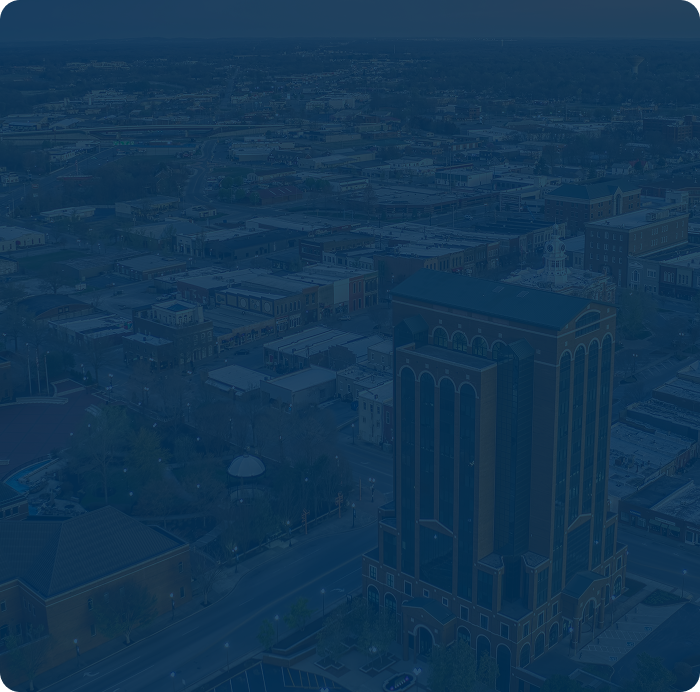§56.5 Limitation of Actions
The Case: Leggett v. Dorris , No. M2008-00363-COA-R3-CV, 2009 WL 302290 (Tenn. Ct. App. Feb. 6, 2009).
The Basic Facts: This is a nuisance action in which the defendants moved for summary judgment “on the ground that the suit was barred by the statute of limitations.” 2009 WL 302290 at *1. The trial court granted the motion and the plaintiff appealed.
The Bottom Line:
- “A proper classification of the nuisance, either temporary or permanent, must be made in order to analyze a statute of limitations defense. A nuisance claim, because it is an action for an injury to personal or real property, is governed by a three year statute of limitations. Tenn. Code Ann. § 28-31-05. When the nuisance is temporary, however, “the very continuation of the nuisance is a new offense entitling complainants’ to recover damages accruing within the statutory period next preceding, although more than the statutory period has elapsed since the creation of the nuisance.”Kind v. Johnson City, 478 S.W.2d 63, 66 (Tenn. Ct. App. 1970) (citing Caldwell, 319 S.W.2d at 11)); see also, Anderson v. Am. Limestone Co., 168 S.W.3d 757, 761 (Tenn. Ct. App. 2004). When the nuisance is permanent, “the statute of limitations commences to run from the time of the creation of the nuisance.” Anderson, 168 S.W.3d at 761 (citing Robertson, 339 S.W.2d at 9).” Id. at *3.
Recent Cases: Large v. Greene County , No. E2008-02764-COA-R3-CV, 2009 WL 5083482 (Tenn. Ct. App. Dec. 28, 2009) (upholding dismissal on statute of limitations finding claim was for inverse condemnation rather than nuisance).




